I come to you with the goal of making a one-stop shop for bonsai soil information. While I myself am not a soil expert, I do consider myself resourceful in finding the information I need. Within this post will be sections about particle size, soil mixture recommendations, different substrates and their ability in different categories, as many comments on substrates I can find from reliable sources, and a few reliable places to find the substrates. I welcome additions to the lists from any and all locations.
My huge caveats before you read the following information are the following:
- Different climates have different ideal soil mixtures
- Whatever your soil mix is, you need to learn how to correctly water and fertilize it
- Species prefer different things, and that changes soil needs
- I personally endorse the use of Pumice, Lava, and Akadama. The proportions vary, but I’ve used Turface, DE, and a few other mixes and found best results with the these substrates.
I wanted to start by listing other great discussions by other bonsai enthusiasts and professionals about certain bonsai soils or other things:
Michael Hagedon – https://crataegus.com/2013/11/24/life-without-turface/
Jonas Dupuich – https://bonsaitonight.com/2016/07/15/all-about-akadama/
Adam – https://adamaskwhy.com/2018/01/30/akadama-the-ideal-bonsai-soil/
Ryan Neil – https://www.youtube.com/watch?v=D_1ug-Cc0iE&ab_channel=BonsaiMirai
Rick Moquin – http://bonsaiwonders-art.blogspot.com/2010/01/purpose-behind-drainage-layers.html#:~:text=The%20addition%20of%20a%20%22drainage,overall%20depth%20of%20the%20pot.
Particle Size
I know there is no standard particle size that everyone agrees on, but here is what I’ve carved out due to a bit of research. Going a tad bit bigger or smaller doesn’t kill the tree, but it might change watering requirements and change the root structure. Generally aim for these relative sizes.
Large – Anything 30″ and up – 1/8″ – 5/16″ (3 mm – 8 mm)
Medium – 10″ to 30″, two hand trees – 1/16″ – 1/4″ (3 mm – 6 mm)
Small – Can go up to about 10″ to 12″ – 1/16″ – 1/8″ (1.5 mm – 3 mm)
If you don’t like my sizing guides here are a few other posts and details you can check out:
http://practicalbonsai.com/bonsai-soil-particle-size/
https://www.bonsaitreegardener.net/general/size-classification
http://www.colinlewisbonsai.com/Reading/soils3.html
Mixture Recommendations
I know there is no standard soil or mixture that people agree on, but there are a few agreed upon principles when mixing soil. The main things you need to consider are having adequate aeration, water retention, and ability to hold nutrients or CEC.
I feel the most common and most agreed upon mixture (also known as “Boon’s Mix”) is 1/3 pumice, 1/3 akadama, 1/3 lava. Here are the different mixture suggestions I came upon with my research:
- 1/3 akadama, 1/3 pumice, 1/3 lava
- 1/2 akadama, 1/4 pumice, 1/4 lava – Deciduous trees
- 1/2 akadama, 1/4 bark, 1/4 lava
- 2/3 akadama, 1/3 lava, a bit of organic something – Conifers
- 1/2 pumice, 1/2 lava with slow release fertilizer
- 100% Akadama – refined deciduous trees (Ryan Neil is one of the only people I’ve seen do this. Located in the PNW for reference)
- 100% pumice for collected trees (I have found almost no disagreement upon using pure pumice for collected trees)
*akadama, pumice, lava, and bark can be replaced with Turface, DE, DG, or other substrates that provide similar water retention, aeration, and CEC, but many would advise against it in favor of the more ideal substrates.
These are things that we need to take into consideration regardless of the mix we choose:
- Take into consideration the species of the tree when choosing a soil mixture. Some like to dry out completely, some need to be acidic, some need to remain moist but not wet. This can make different mixes and some substrates better or sub-optimal.
- Age, size, and trees in refinement can require different repotting intervals which can alter an optimal mixture
- Deep pots have a tendency to dry out quicker
- It is common to put a layer of larger substrate on the bottom to retain good drainage
- Shallow pots have a higher water table than deep pots.
- Location and weather need to be considered when choosing a mix and substrates.
- High heat and wind can dry out a tree quick through increased evaporation
- Frequent rain can cause problems if you don’t have a soil equipped for extra water.
- Extreme cold can cause several freeze-thaw cycles and can break down certain substrates quickly
Substrates
There are two videos from the Appalachian Bonsai that test and rank substrates in water retention and freeze-thaw cycles. I’ll refer to those rankings below. The details of the test and the list is in the details in the video details. I need to add, CEC stands for Cation Exchange Capacity and measure how well a substrate can hold nutrients (fertilizer). The higher the number the better it is as holding nutrients.
One of the most interesting discussions I’ve ever heard about soil in a bonsai pot is a podcast series by Ryan Neil featuring a soil scientist by the name of Ian Hunter. 7~ pure hours of soil nerding, I suggest listening to it.
Akadama
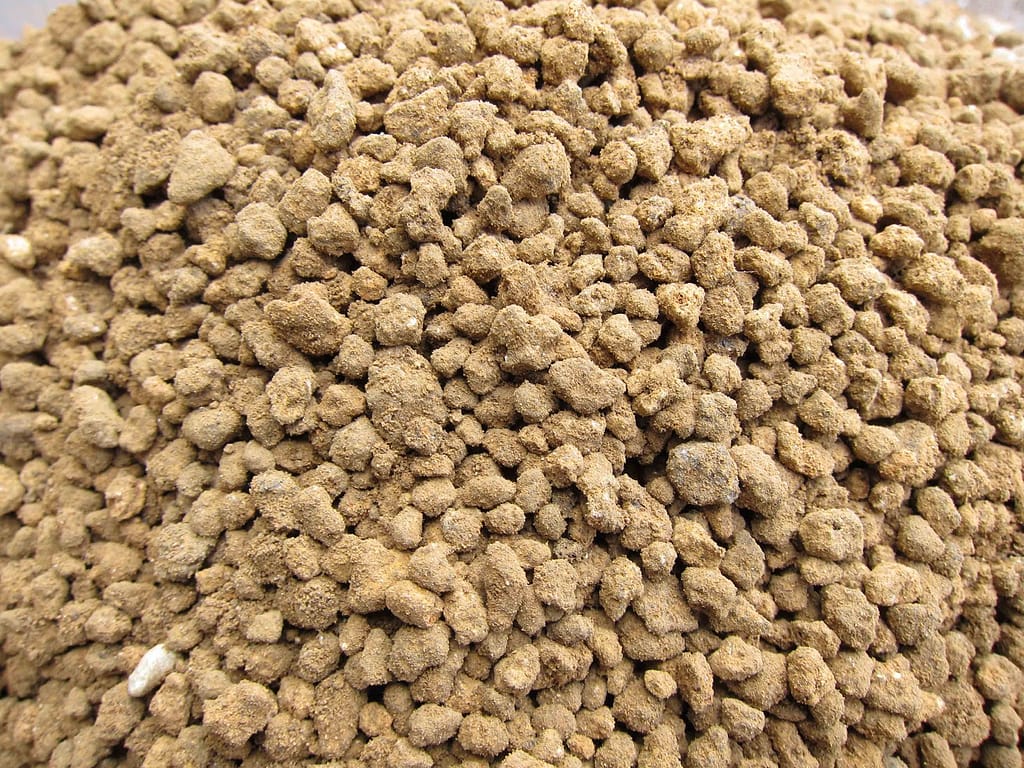
What it does like no other: Roots can grow through the akadama. This means that a pot with 100% akadama leaves the roots with 100% of the pot to grow in. Other mediums restrict the percentage of the pot that the roots can use to grow. This is best for refinement as it allows for the roots to become fine which in turn makes the branching fine.
Complaints: Lack of availability or the cost. People also frequently order akadama without knowing the “hardness” of it and that can lead to it breaking down too early and can block drainage as it turns to mush. Many claim that lack of knowledge on how to properly water and fertilize leads to a dislike of the substrate.
Water Retention: Akadama holds water well. Ranked at #2 in water retention
Aeration: Great until it starts to break down which can vary depending on brand and hardness.
CEC: 21/100g #5
Durability: Can not be reused and breakdown over time. It does not hold up well against freeze-thaw cycles and that can cause problems. Even though it breaks down you can still have roots that grow through it, you just need to be careful in watering and understanding your tree.
Freeze-Thaw Cycles: Ranked 10th out of 10.
Availability: Difficult to come by in US. It is expensive to get it due to the limited availability. There are definitely places to get it, just how much you pay for it depends on who is getting and selling it.
Professional Bonsai Artists Opinions on Akadama: If you’re arguing for or against akadama please do read this post (<- click on the bolded title) from Bonsai Empire on differing opinions on akadama from professional bonsai artists so you can understand what you’re talking about. These are my favorite snippets for the lazy:
- “I do not use Akadama. Have tried it and it doesn’t do its job here. (Northern Europe)” – Morten Albek
- “In Indonesia, we only use volcanic lava soil from Indonesia for all of our Bonsai. for all stages.” – Robert Steven
- “Products like Turface are soil amendments that the manufacturers recommend using at no more than 10 – 15 percent of the total volume. I follow that recommendation. I have noticed that turface gives good results for a year, possibly two years when used for newly collected plants, but during year three there is a deterioration in vigor at the time when one would normally expect an improvement.” – Collin Lewis
- “Yes, I use akadama for all my trees. I use less akadama on the tree in training (25% or less).” – Boonyarat Manakitivipart (Bonsai Boon)
- One additional comment from Adam’s soil blog post comment section: “On Peter Tea’s last visit back from Japan we were talking about soil mixes and he said, “do you know why they use akadama in Japan? It’s because that’s what the sell at the hardware store.” That’s not to say it doesn’t work great for our purposes. His point was, it’s worth looking into other things to use, that work just as good, that are more affordable, and don’t need to be imported from the other side of the globe.” – Anonymous Adam
Worldwide Map of Bonsai Nurseries
This is going to be your best bet in buying Akadama. Clubs, bonsai nurseries, or wholesale bonsai suppliers are going to be the main sources of akadama.
Southern California Suppliers:
SoCal Bonsai Supply – https://www.facebook.com/permalink.php?id=1026762080767062&story_fbid=1039194236190513
West American Import Export – David Nguy – 4207 Walnut Ave, Chino 91710 (714) 914-7001
San Diego Bonsai Supplies (Tim Hua) – lava (scoria), pumice, and akadama supplies.
Grove Way Nursery – 239 Grove Way, Hayward, CA 94541 Phone: (510) 537-1157
Lava (Scoria)

What it does like no other: It does not break down and can be used over and over again. This makes it a fantastic component for trees that are not repotted often as it will continuously provide the drainage and aeration that other components might lose over time.
Complaints: Only complaints that I have ever heard about lava is availability. Not being able to buy it in smaller particle size makes this a frustrating search for “cheaper” lava. Bonsai retailers typically have this available, but you do have to pay for it.
Water Retention: Ranks 8th out of 10, which is not particularly fantastic.
Aeration: Fantastic aeration that doesn’t change with time. Might be the best out there other than just rocks that hold no water at all. (But then again these are lightweight!!!)
CEC: 10/100g Be nice, it’s just a rock. #8
Durability: I mean, it’s a rock, it’s durable, but can be crushed with enough pressure.
Freeze-Thaw Cycles: Ranked 5th out of 10.
Availability: Available most places, but not in 1/8″ particle sizes. To get that size you typically have to get truckloads delivered or go through a bonsai supply store. I’ve tried to help by listing places below. Some might only have 1/4″, but that can fly depending on how particular you are.
Tuscon, AZ –http://www.acmesand.com/soil-amendments/black-lava-sand/
Irwindale, CA – http://sunburstrock.com/redcinder.html
SoCal Bonsai Supply – Fantastic prices, especially if you can pick up yourself.
Fillmore, UT – http://gngrock.com/rock-products/scoria-cinder-lava-rock
Springfield/Eugene, OR – http://laneforest.com/bulk-rock-and-gravel/red-cinder-rock/
Clearlake Oaks, CA – http://www.cllava.com/landscape_rock.html
Minot, ND – (possible correct sizing) http://www.gravelproductsinc.com/photoMinot.html
Pumice
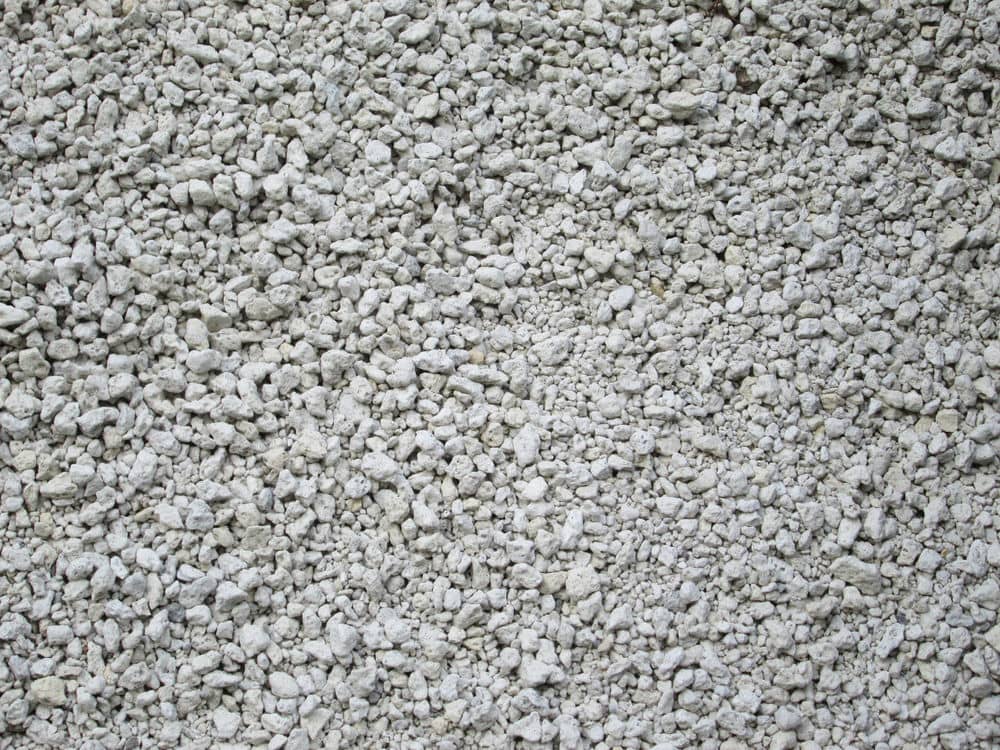
Disclaimer: The rankings for pumice in the Appalachian Bonsai videos used Kanuma Pumice, which is not the same as horticultural pumice or “Hyuga”. Therefore it may be a bit misrepresented. Water retention of pumice is not as high as Akadama, and I find it hard to believe that horticultural pumice ranks 9th in freeze/thaw cycles.
What it does like no other: Great for yamadori collecting. It seems to be one of the best things to put collected trees in, just 100% pure pumice. Others will suggest adding in other substrates with it.
Complaints: I honestly didn’t come across a single complaint of pumice. I’m not sure why someone wouldn’t like it other than availability. Its cheap and mostly available around the US.
Water Retention: It ranks number 3 out of 10.
Aeration: Pumice provides great aeration while retaining moisture, which is one of its many fantastic qualities!
CEC: 15/100g #7
Durability: Over a long period of time I’ve heard it breaks down, but I’ve been told that it doesn’t degrade even though it is a tad bit soft and can be crushed with your hands. Either way it’s good in terms of durability.
Freeze-Thaw Cycles: Ranked 9th out of 10.
Availability: Pumice seems to be pretty available from my understanding. It can be bought as dry stall if not under the name of pumice (working with them to get a supplier list). I found mine at a hydroponics store that sold a large bag (like around 50 lbs.) for like $13.
Southern California Suppliers:
Whittier Fertilizer – https://whittierfertilizer.com/
Cactus Center – http://www.cactuscenter.com/
San Gabriel Nursery – http://sgnurserynews.com/
The best distributor around the US and Canada I found was Featherock and Sunlight Supply ($35.95 for a 47 lb. bag – 1/2 cf! I think Sunlight Supply had a retailer in almost every state I checked, and you can find Sunlight Supply’s retailer finder at https://www.sunlightsupply.com/page/findretailer, while Featherock has distributors in these states:
Arizona, California, Florida, Illinois, Michigan, Missouri, Nevada, Nebraska, New Jersey, Ohio, Oregon, Pennsylvania, Texas, Washington, Wisconsin, Canada
Download Distributors Master List 2017
Eugene/Springfield, OR – http://laneforest.com/bulk-rock-and-gravel/horticultural-pumice/
Olancha, CA (Shipping as well) – http://www.generalpumiceproducts.com/horticulture/
Canby, Oregon – http://www.phillipssoil.com/retail/
Salinas, CA – http://mas-dist.com/pumice-2/
Bellingham, WA – https://natures-footprint.myshopify.com/products/pumice-3-5-gallon?variant=18101887171 ($22 shipping to Southern California for reference)
Amazon – https://www.amazon.com/Natures-Footprint-Pumice-amendment-5-Gallon/dp/B008YSVPHW
UK Aylesford – http://www.techfil.co.uk/full-product-range/pumice/pumice-aggregates/
UK Staffordshire – http://appliedminerals.co.uk/products/am-pumice/
Sparks, NV/Rhode Island/Puerto Rico – http://reade-px.rtrk.com/products/pumice-powder-amorphous-aluminum-silicate
Baton Rouge, Louisiana – http://www.alligatorclay.com/chemicals.php
Turface
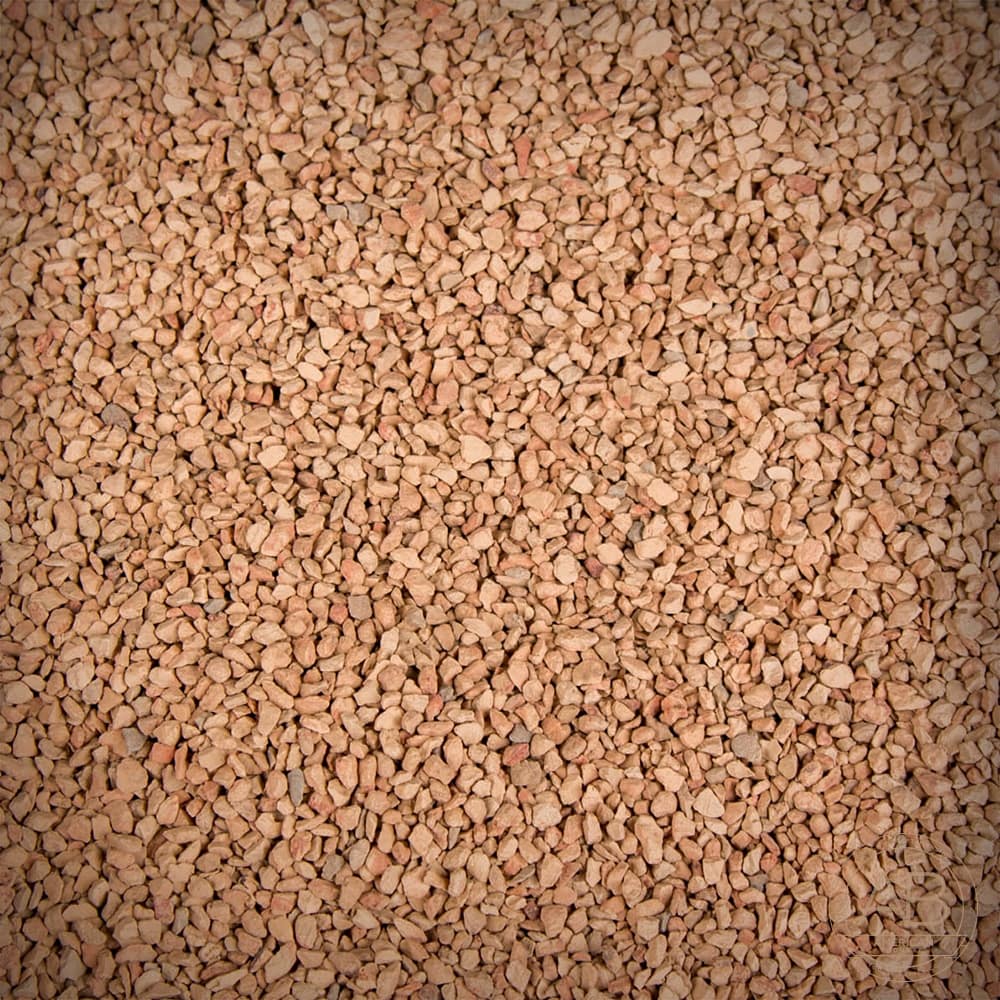
Comments: Turface is the most opposed soil component, especially by professionals. I’ve never heard any professionals advise against DG, sand, expanded shale, bark chips, or even perlite, but Turface specifically garners all the attention.
What it does like no other: It makes bonsai enthusiasts blood boil.
Complaints: I don’t want to rehash this, but here we go. People love, like, hate, and hold disdain for Turface. I don’t use it. It doesn’t readily give water to roots, has a flat contour which decreases water penetration, and is inconsistent in the way it absorbs water.
Water Retention: It absorbs water and slowly releases it. It does a great job holding water and ranked 4th out of 10.
Aeration: From using it I would say it doesn’t provide great aeration, but it doesn’t inhibit drainage too much.
CEC: 33/100g #3 about the same as akadama
Durability: Not as durable as other things that can be reused, but holds up better than akadama does over time.
Freeze-Thaw Cycles: Ranked 7th out of 10.
Availability: Not too difficult to get a hold of, but can be depending upon your location.
Turface MVP – http://www.turface.com/find-a-distributor
Here is a general layout of the listed distributors:


Discussions on Turface:
Michael Hagedorn – https://crataegus.com/2013/11/24/life-without-turface/
Jack Wikle – http://hoosierbonsai.blogspot.com/2013/12/turface-or-not-turface-active-question.html
The Bonsai Dilettante – http://www.bonsaidilettante.com/2014/03/im-cutting-out-the-turface.html
Diatomaceous earth (NAPA part #8822)
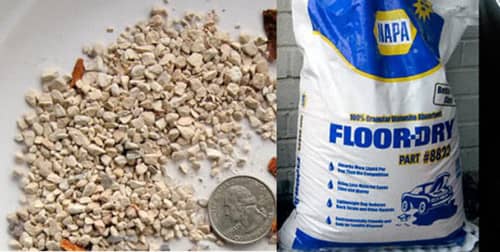
Comments: TL:DR it’s another version of Turface. Cheap akadama replacement and I haven’t heard as many negative things about it as I have Turface. Then again, I think the root of the word Turface in latin is hate. Also cat litter has been used and classified under DE. Kitty litter seems to be the go to for Europe, while Napa Floor Dry is the go to here in the US. I’m yet to see any semi-scientific proof that it can attain the same (or even comparable) results as akadama.
If you’re determined to use DE in your soil mix I’d reach out to a reddit user u/small_trunks as he uses it with akadama and granite grit in a 1:1:1 ratio. Here is his Flickr account to see his trees: https://www.flickr.com/photos/norbury/albums/with/72157631904207123
- A forum post from Bonsai Mirai – https://forum.bonsaimirai.com/t/the-great-d-e-thread/402/19
- The following is forum post titled Diatomaceous earth after 18 months. Within the post, there was the following chart comparing different brands. Chart courtesy of Marty Weiser via Bonsai Mirai Forums – https://forum.bonsaimirai.com/t/diatomaceous-earth-after-18-months/3970

Water Retention: Ranks #1 above Akadama. DE can hold up to 6 times its weight in water, needless to say it gets the job done.
Aeration: Good aeration, but as noted by the freeze-thaw cycles it will slowly breakdown over time which inhibits the aeration as time goes on.
CEC: 27/100g, #4 better than Akadama
Durability: Not known for being sturdy. It does break down over time and is not reusable.
Freeze-Thaw Cycles: Ranked 8th out of 10.
Availability: Widely available. Can be purchased at NAPA Auto Parts and most Walmarts if not plenty of other places.
Great resources for kitty litter being used: http://www.bonsai4me.com/Basics/Basicscatlitter.htm
Decomposed Granite (Chicken Grit)
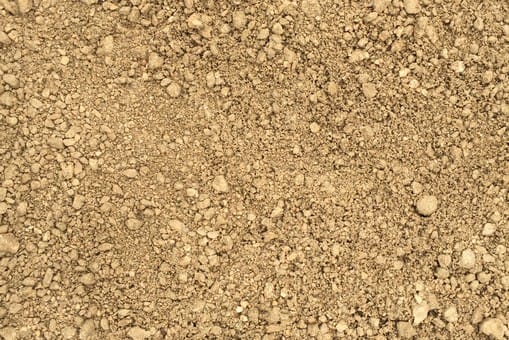
Comments: I know this can get really heavy if you’re using a significant portion of DG in large pots, be wary of this.
Water Retention: Ranks #9 out of 10, so not good.
Aeration: Great aeration due to absorbing nearly no water. Also great durability since it doesn’t breakdown with freeze-thaw cycles. Needs to be sifted as it can compact easily with smaller particles.
CEC: 10/100g. #8
Durability: Really durable, even when frozen and thawed. I’m assuming it’s reusable, but I’m not 100% sure and didn’t find anything about re-usability.
Freeze-Thaw Cycles: Ranked 1st out of 10.
Availability: Searching through tile suppliers, gravel yards, and animal feed stores should net you a supply of DG.
Sand (Silica)
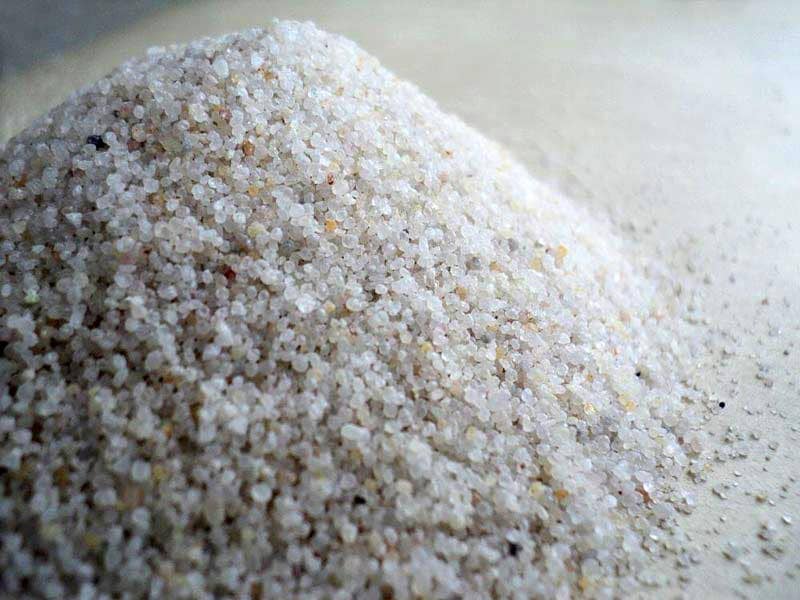
Comments: Helps add drainage that won’t degrade. This can be super helpful depending on what you mix is made of.
Water Retention: Ranks #7 out of 10, so not terrible in my opinion.
Aeration: This is the main reason to use it, so I’d say it does great and will mainly function for aeration.
CEC: 0/100g. #10
Durability: Really durable, even when frozen and thawed. It is a great cutting propagation medium and can be used afterwards in a growing out bed or propagation medium. Reusable.
Freeze-Thaw Cycles: Ranked 2nd out of 10.
Availability: Typically available at your local department store. Lowe’s carries the sand I’ve purchased, but Home Depot did not locally. Known as building sand as well.
Expanded Shale
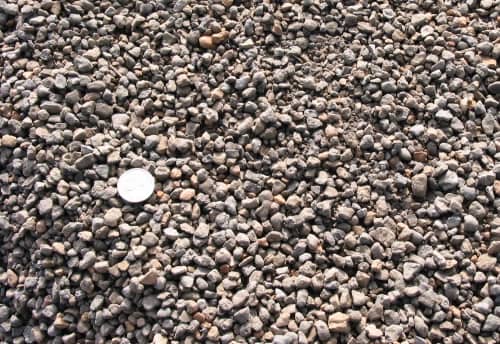
Comments: Reminds me of lava in terms of what it provides. Great long term drainage with not much holding power for anything else.
Water Retention: Ranks #9 out of 10, so not good.
Aeration: Great aeration due to not absorbing much water or nutrients and not breaking down.
CEC: 15/100g. #6
Durability: Really durable, even when frozen and thawed. Reusable
Freeze-Thaw Cycles: Ranked 4th out of 10.
Availability: Not highly available, might require some searching depending on your location.
Kanuma
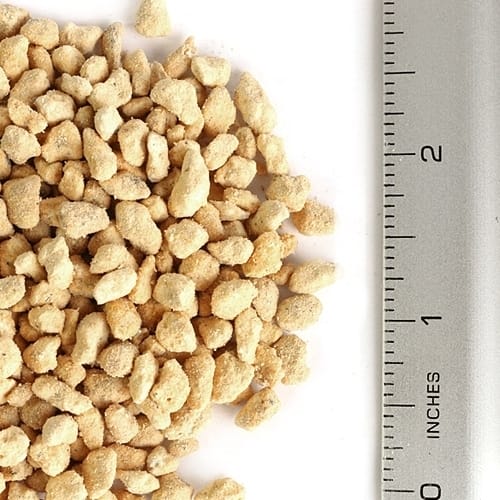
Complaints: Availability, similar to akadama
Water Retention: Great, wasn’t measured in the tests below, but similar to akadama
Aeration: Great until it breaks down. This is similar to akadama in almost all things except pH. It it used specifically for Azaleas and other acid-loving plants.
CEC: 62/100g. #2 Fantastic CEC that is nearly double that of akadama.
Durability: Not reusable and breaks down over time. Not durable.
Freeze-Thaw Cycles: Ranked 9th out of 10. (This wasn’t specifically ranked in the video, but the Pumice is listed as Kanuma Pumice)
Availability: Not widely available. Usually through bonsai supplier or special ordering (SoCal Bonsai Supply also sells this on occasion).
Perlite
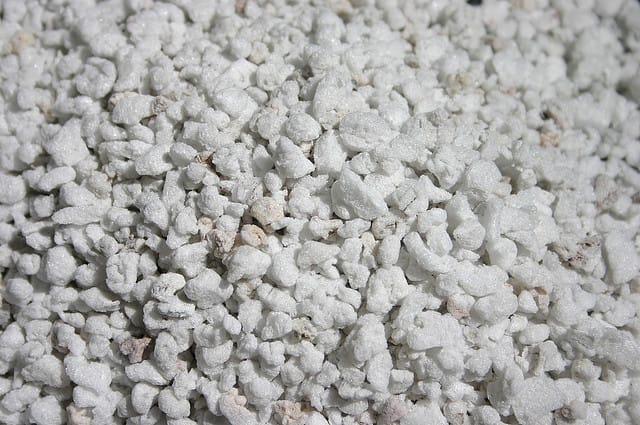
Comments: I’m not fond of the fact that it floats and tends to always find a way to the top.
Water Retention: Ranks #6, better than lava, but not enough to replace an akadama-like substance.
Aeration: Good until it compacts. Wouldn’t work well with heavier soil components
CEC: 1.5/100g, so none. #9 or last.
Durability: Doesn’t break down, but definitely compacts.
Freeze-Thaw Cycles: Ranked 3rd out of 10.
Availability: Available at almost every gardening store and should be purchasable at Lowe’s, Home Depot, or your local gardening store.
Pine Bark Fines
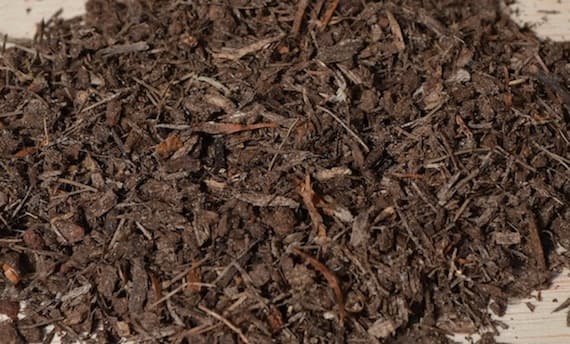
Comments: OMG it’s organic! Ruuuuuuun. No really this stuff is great. I love its CEC since inorganic components don’t do that really well. It has a pH of around 4.0 – 5.0.
Water Retention: Does great in water retention and ranked 3rd out of 4 in the organic rankings.
Aeration: I love that the particle sizes and shapes are different than the typical “rocks” we put in bonsai soil, helps change up the structure up. Other than that not super fantastic in terms of drainage.
CEC: 150/100g. #1 This is why you put this stuff in your mix if you do. More than 5 times better than the next best which is DE.
Durability: Degrades and is not durable or reusable.
Freeze-Thaw Cycles: Ranked 2nd out of 4 (with Coco Coir at 1st, Peat Moss at 3rd, and Compost at 4th).
Availability: Available most places or easily acquirable. Getting it in smaller sizes instead of bark nuggets is the difficulty most times.
If you have suggestions, corrections, quotes, preferred brands, suppliers, or anything to add to this list of resources please feel free to contact me with a comment below, through the website, or email me at [email protected]. You can also send a text to (760) 503-4647 with the information and I’ll get it put up as soon as I can. I’ll add your name and addition or correction below if you so desire.
